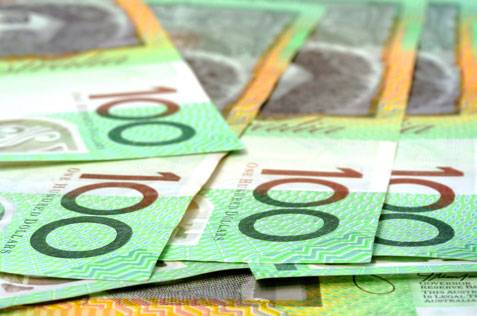Apple and Microsoft shares climbed on Tuesday, pushing each company’s market capitalization above the $4 trillion mark — a historic milestone for America’s technology titans.
Despite the gains, both firms still trail Nvidia, currently the world’s most valuable company, with a market cap exceeding $4.6 trillion. Microsoft first hit the $4 trillion level in July.
Microsoft shares rose nearly 3% after confirming it had completed the acquisition of a 27% stake in OpenAI’s for-profit entity, deepening its partnership that began in 2019.
Apple, meanwhile, reached this achievement for the first time in its history, driven by robust sales of the iPhone 17 series launched in September, which has outperformed previous models.
Apple’s stock has gained 25% over the past three months, with its fiscal fourth-quarter earnings due Thursday, while Microsoft is set to report on Wednesday.
J.P. Morgan analyst Samik Chatterjee wrote Monday that “Apple shares are heading into earnings with their strongest positive momentum in a year,” raising his price target to $290 with an “Overweight” rating.
Chatterjee also noted that Apple successfully avoided major tariff-related disruptions under the Trump administration by shifting much of its US-bound supply chain to India and Vietnam, while maintaining cooperative ties with Washington on domestic manufacturing.
“The announcement of increased local investment, combined with the rapid shift of production outside China (to India and Vietnam), has improved Apple’s position under the current tariff environment,” he wrote.
The Role of Artificial Intelligence
The year 2025 has been remarkable for Big Tech. From breakthroughs in artificial intelligence to steady growth in core operations, companies such as Apple, Microsoft, Alphabet, Amazon, Meta, Nvidia, and Tesla now make up roughly one-third of the total market value of the S&P 500.
This dominance has attracted investors seeking firms with strong balance sheets, recurring revenues, and early leadership in AI. From Microsoft’s Azure cloud and Copilot suite to Apple’s deepening integration of AI into its devices — alongside Google’s Gemini and Meta’s Llama models — each is a pillar of the expanding AI ecosystem, spanning infrastructure to applications.
Nvidia was the first to break the $4 trillion barrier, thanks to its lead in AI chips. But Apple and Microsoft are rapidly closing in, doubling down on AI investments using their enormous cash reserves — betting the technology will transform both software and consumer hardware.
Analysts say reaching this symbolic threshold underscores the growing dominance of these firms, with even small price movements in their shares capable of shifting entire market indices.
Both companies face an immediate test this week as they report earnings, with investors looking for concrete evidence that AI is driving revenue growth — and whether the recent rally still has room to run.
“iPhones account for more than half of Apple’s revenue and profit, and every additional device sold brings users deeper into its ecosystem,” said Chris Zaccarelli, Chief Investment Officer at Northlawn Asset Management.
Apple shares had struggled earlier this year amid fierce competition in China and concerns over US tariffs’ impact on Asian economies, including China and India, where its manufacturing base is concentrated.
However, the company’s latest models — from the iPhone 17 to the iPhone Air — have drawn customers back to stores from Beijing to Moscow within weeks of launch, even as Apple absorbed higher import costs.
Data from Counterpoint Research showed iPhone 17 sales outpacing its predecessor by 14% in the US and China. Evercore ISI expects Apple to surpass market forecasts for the September quarter and issue an upbeat outlook for year-end.
Apple is now the third company in history to achieve a $4 trillion market cap, following Nvidia and Microsoft. Nvidia’s current valuation exceeds $4.5 trillion.
Apple’s stock trades at 33.2 times its expected 12-month earnings, compared with 27.4 times for the Nasdaq 100 index, according to LSEG data.
Despite gaining about 7% year-to-date, Apple’s performance still lags the tech-heavy Nasdaq, which has risen roughly 22% over the same period.


